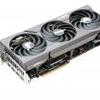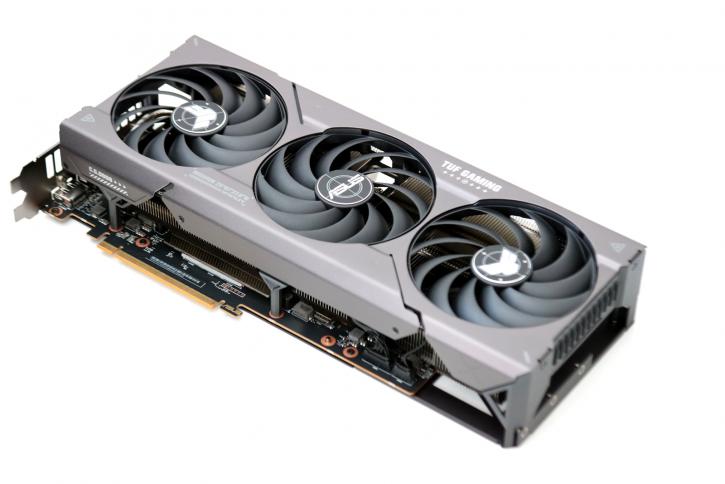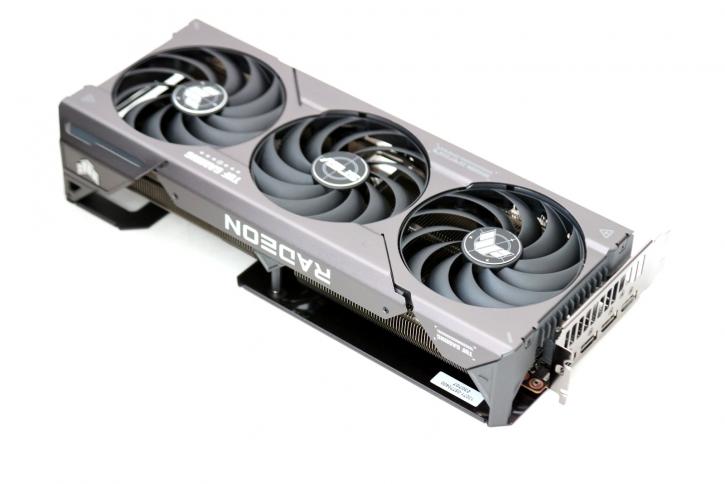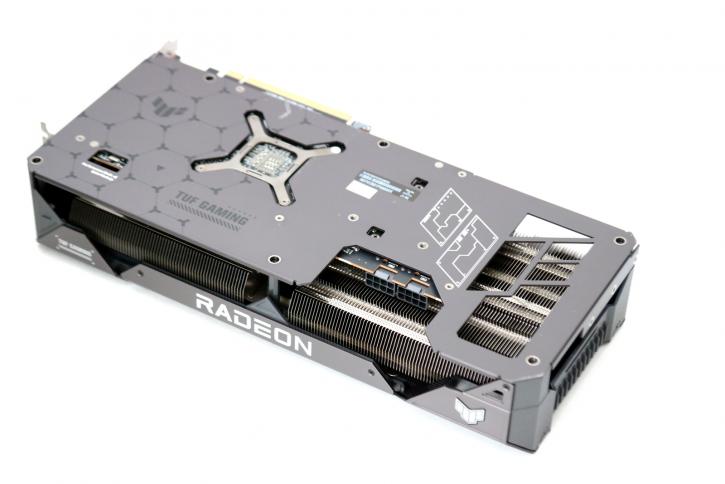Product Photos
Product Photos
ASUS has unveiled its newest member of the TUF series graphics cards, which is equipped with an advanced cooling system that effectively moderates temperatures. When the GPU hits a specific temperature threshold, a trio of fans activates for optimal cooling. To counteract potential sagging, the card's framework has undergone robust reinforcement. The Radeon RX 7700 XT is priced at $449, catering to consumers who prioritize cost-effective performance. However, a price bracket between $349 and $399 may be more appropriate for this model. Meanwhile, We anticipate the pricing for their custom version to stabilize between $475 and $500.
This ASUS model is engineered with an efficient cooling mechanism and is factory-tuned for maximum performance. Its enhanced total graphics power (TGP), higher clock rates, and dual BIOS settings warrant a modest price increase over the reference edition. Acoustic assessments have registered the noise level at an impressive 32-33 dBa when in Quiet mode.Thye PCB is based on 14 layers and the GPU has a TGP of 228W.
The Radeon RX 7700 XT is endowed with a generous 12GB of dedicated memory, ample for modern gaming and graphic-intensive tasks. AMD supplied us with a reference version for evaluation. At the heart of the Radeon RX 7700 XT is AMD's RDNA 3 GPU architecture, which delivers considerable performance improvements, optimized energy consumption, and advanced features relative to its predecessors. In connectivity, both the Radeon RX 7700 XT and 7800 XT offer versatility with 3x DisplayPort 2.1 and 1x HDMI 2.1 outputs. Leveraging AMD's Radiance Display engine, the graphics card can support up to 480Hz at 4K and 165Hz at 8K via DisplayPort 2.1.
Thermal dynamics are managed by specific temperature parameters. The fan's functionality is largely determined by the GPU's junction temperature, a preset fan RPM of 1600, and the memory temperature. Under strenuous conditions, the fan maintains its 1600 RPM until the GPU hits the designated junction or memory temperature. Upon reaching these temperatures, the fan RPM will rise progressively to maintain the desired temperature range. If the GPU's temperature remains well under the target, the RPM could drop below 1600. The fan halts when the GPU's temperature falls beneath all set fan stop thresholds, reactivating once the GPU exceeds any of the predetermined fan start temperatures. From a hardware standpoint, this graphics card necessitates a dual 8-pin power input. It integrates a three-fan cooling system in a 2.9-slot framework. It's worth noting that the reference model is equipped with a backplate, bestowing upon it an elegant aesthetic.





